488 Emotion Game Project
Approaching Emotion
My piece of media was a Mark Rothko abstract expressionistic painting and my feeling was one of being trapped. What does being trapped or stuck feel like? It’s an emotion of awe, helplessness, claustrophobia, submission, and acceptance. I wanted to address each of those sub emotions to have the player completely experience a dynamic relationship with the primary one. While we, the students, were supposed to drop our piece of media once we had got our emotions, I found it an incredibly useful starting point for the project. I’m glad I found Rothko’s artist statement for red on maroon and could see just how accurately he conveyed his intent in such an abstract form, and since game mechanics are just abstractions the emotion was possible to convey. Rothko said, “I was much influenced subconsciously by Michelangelo’s walls in the staircase room of the Medicean Library in Florence. He achieved just the kind of feeling I’m after – he makes the viewers feel that they are trapped in a room where all the doors and windows are bricked up, so that all they can do is butt their heads forever against the wall.” I needed to make that room… make an inescapable escape room.
Of course, it’s just a painting, a red canvas with some rectangles that you can leave whenever you want. Nothing is physically tying you down to it, yet you’re drawn into it wanting to understand it in futility. Yet, it’s not futile; the art isn’t even abstract, everything you need is there yet you’ll never get that satisfaction of closure with the piece. I made a room of cardboard. While it’s quite strong and durable, anyone could theoretically escape by knocking the entire room over and or breaking the door handle’s lock mechanism, but they don’t. Not because of social expectation or the explicit rules of the game, but because of that drive to learn and understand the puzzle and the person behind it.
I’m not completely new to the idea of emotional expression through games, using metaphor as mechanic to get feelings across. However, not being able to primarily rely on dramatic elements to set the mood by using music and sound to fill in the gaps is out of my comfort zone. At the beginning I spent a lot of time thinking, which usually is not how I start my projects. I usually start projects by throwing metaphorical paint at the canvas and get to making as quick as possible to the point where I’m not entirely sure what I’ve made until it’s already finished.
Aesthetic (experiential) goals
Originally, I was leaning more towards invoking frustration and submission and acknowledgment of the futility of the room. I started with the concept of a combination lock with the numbers but no defined order nor hints and while it was technically possible, it would be punishing to have to go through every possible combination, it would be prison for the player. They’d give up and the game would be over then and only then. Yet, after talking with Sam Celeste, the TA of the lab, we narrowed down my emotion to the more claustrophobic “Oh shit I’m trapped” realization side of things. Making the player feel anxiety and claustrophobia is hard, but through iteration I found a good size that offered possibility space for the puzzles, yet was small enough to feel like a cell. While there is an ingenuine “window” hanging on the wall, the real window is the roof, or lack thereof; the exposure of the outside in contrast to the domestic intimacy of the inside, a reminder of your containment, the freedom yonder yet out of grasp, all of it works to send subtle hints to the player of what to feel.
I further expanded the combination lock puzzle and made it very possible, so I made the inescapable escape room escapable. While I’ve never been to an escape room before, they seem from the outset pretty simple.
Escape rooms have three phases.
Phase 1: Scavenge and find clues
Phase 2: Assemble & make sense of clues
Phase 3: Escape
So, I kept the same notecard combination lock numbers, color coded them, placed them in different puzzles, et voila. Since the cost for adhesive (glue & tape) was already high, $50, I decided not to buy anything else so all the puzzle elements were plucked straight from my room and I had to design around them. In my opinion, the most memorable games have stories, something that gives you a motive for playing through and context to relate to your life and the world around you. Empty puzzles for the sake of being there are just boring, but using them to frame an expressive narrative and deliver meaningful information makes everything suddenly seem to be important, which is exactly what you want in such a tight play space. For instance, the color code system is dictated through the paint tubes with “1st”, “2nd”, “3rd” labeled on them but also the paint tools give you context about the person you’re learning about through this game. Or the business cards left in the inside jacket pocket that hold the thoughts of self-doubt and one of the combination numbers. Heck, the bowl’s color has significance. Even the red herrings feel like potential hints that you may not be scanning correctly which causes the player to feel less and less confident and question themselves. This game not only conveys the feeling of being trapped, it can convey the feeling of being trapped in your own, or rather mine specifically, imposter syndrome and self-doubt.
Not to get too personal or anything, but when I first came to USC to sit in on a class I wanted to contribute so badly, but it wasn’t my place. I wasn’t enrolled in that class, to everyone there I was just some punk high school kid. From that point forward to get in I needed to prove myself and that’s exactly what I spent the rest of my high school career doing. I started entering my work into things and placing alongside USC students to get my foot inside the door. Now that I am here, that feeling of needing to prove myself hasn’t gone away. I find myself trying to keep up with that forward momentum and expectation I set up for myself maybe too prematurely in my gamedev career. Perhaps I just want to prove myself to myself? Maybe I need a better way to measure my personal worth that’s not success. I’m still tied down to the past, to unfinished projects that seem like they’ll never end, to the expectation from the audience I’ve built from Awkward Dimensions Redux, and that all makes it more difficult to experiment like I used to when first starting out. That’s why I titled this emotion game Haunted because by definition being haunted is being stuck in the past.
Even if it wasn’t intended, let’s take a moment to unpack what the game is suggesting… That your self-doubt, and anxiety will never truly go away, but will only temporarily sink into the background while you’re distracted? That you’re forever trapped feeling forever like an imposter regardless of your accomplishments and maybe even more so because of them? It’s something I don’t have the answers to myself, but maybe this game might at least spark a conversation because I know I’m not alone in feeling this way.
Did I succeed?
I succeed by the fact that I’m proud of making this project. It’s something I can proudly put up on my portfolio. The making of the project itself reminded me of one of why I’m in gamedev, I intrinsically love making things. I always have. As a child I’d make cardboard forts, cardboard stand-ins for toys I couldn’t afford, and cardboard itself is a very honest material. It’s not painted pretending to be something it’s not; what you see is what you get, but it’s an invitation to the magic circle of childhood imagination. That’s what I think the most important take away from 488 is, reconnecting with my childhood. I used to play a lot of board games with my family, had decent social skills, and a vivid imagination and then I got older, preferred solo experience games, and felt that nothing was truly original anymore. The act of physically fabricating something (not just designing it), be it an entire room furniture and all or a board game box taps into that social, alive, innocent, and creative side of play that I once knew and that’s priceless.
As for the grade, when Sean Bouchard played it with Martzi over video chat I could listen in and hear what they were thinking about from the moment Sean locked himself into the room to begin to the exhale when he heard the lock click. Once Sean got to the big reveal of the new wall behind the door, he vocally came to the conclusion of the exact emotion I was shooting for, then I gave him a beat to let it sink in, then opened the real door to let him out.
What went right/wrong? What I learned.
Was I over ambitious? Probably, but at least I executed and delivered. I had never made nor played an escape room before so I had no clue what I was doing. I mean… I never do anyways, but that’s not the point. I wanted to be physically involved in making every component in that room that made it a room (the chair, the desk, the walls, the box, the door) and the room took a lot more money, time, precision and attention to detail to create than I had anticipated. I don’t regret making the game though, it’s kind of amazing when you step back and think about it… that anyone can make an entire human scale room out of cardboard that supports weight and weather for $50, it transforms the way I look and think about furniture, architecture, and lifestyle altogether. We don’t need all this expensive warehouse furniture, we could recycle and save money by making everything ourselves for ourselves, it means more that way and due to its portable nature can support an on the go minimalist lifestyle. Even if I move out of this dorm and don’t take the cardboard sheets with me, I know I can always spend an afternoon and make a new chair for myself whenever I want and quicker too.
I now have experience in making life scale installation on a dime, and this experience alone makes me consider new career paths. Before 488 I thought that video games were cool because in theory they last forever, but physical games, while ephemeral, have something really special about them that doesn’t let you just escape reality by creating a virtual one, but transforms existing reality into something new. I know that that’s what my lab instructor’s specialization is in, her thesis was an interactive installation and I used this project as an excuse to try something similar. I was pleasantly surprised how rewarding and wonderful it was to create an evocative space. Making games is some beautiful shit.
What went wrong? Since I can’t playtest this game myself I couldn’t anticipate people finding clues where there were none. For instance, the decorative hat’s tag had a number and that caused confusion since it was red or the fact that a 3 is the reversal of 7 in Morse code. The puzzles were too difficult for just one person, yet having that extra person takes away from the intimacy of the experience and the weight of the emotion. Also, I don’t know how to cut down on a project. I crunched to get this game finished, and it’s not a good habit. It was naïve to challenge myself to make this ambitious of a project when I didn’t need to. I view school as, you get out as much as you put in. Earlier this semester I had a chat with Collin, my academic advisor, and he presented me with the dichotomy of freshman: either you get overwhelmed and do the bare minimum or you rise to the occasion and do amazing work inside and out of class and somehow make it work and I’m trying really hard to be that later. I’ve been going to USC game space regularly and working till 2 am Monday mornings to at least ensure that I’m putting some work into my own personal projects. I’m an advocate for multiple projects at once, but putting your 100% into each one is becoming a bit more difficult in college than it was in high school. But that’s a balancing game and I just need more practice to find a healthy meta.
What went right? The fact that the game has no hints and starts with the player locking themselves inside really sets the tone, and the rest of the project was full of other similar happy accidents that either foreshadowed or reinforced the emotion. Overall, the project was straightforward and a joy to create and at the end of the day that’s all you can ask for.
How I would approach this assignment if I could begin again…
I wouldn’t change a thing about the game or the emotion, but… I would order all my store-bought materials (glue and heavy-duty tape) online because the USC campus stores’ premium is ridiculous, even at the village target. Prices at the bookstore are quadruple the retail value online. It could have been made cheaper and I could have saved money, but the convenience of being able to skate and pick up what you need for that day forced my hand. If done a second time I’d focus more time on designing the puzzles inside the game and playtesting them at various stages and also focus on tweaking the difficulty for a single player experience, because the ending is the most important part.
TL; DR
I made a portable inescapable escape room entirely out of cardboard (furniture, walls, everything).
Cardboard’s properties are honest and straightforward and awaken the imagination. Design when divorced from the physical act of executing and creating the design loses something very human.
If you’re going to make a game with puzzles, make those puzzles have a reason for being there that fits within a narrative because that’s when the game moves past formal and evolves into a complete experience.
Games are a good platform for communication and therapy. I wanted to talk about imposter syndrome and maybe in doing so, in becoming aware of it I’ll be able to overcome it.
You can’t entirely divorce formal and dramatic elements when designing a game space, intentional or not, dramatic elements will always be there.
Make your own furniture. It’s more special, tailored, and cheap that way.
Crunch is bad? Learn when to downscale.
Escape rooms are impossible to playtest yourself. Players see patterns where there are none and can completely miss the hints you’ve laid out so you must playtest thoroughly and playtest often.
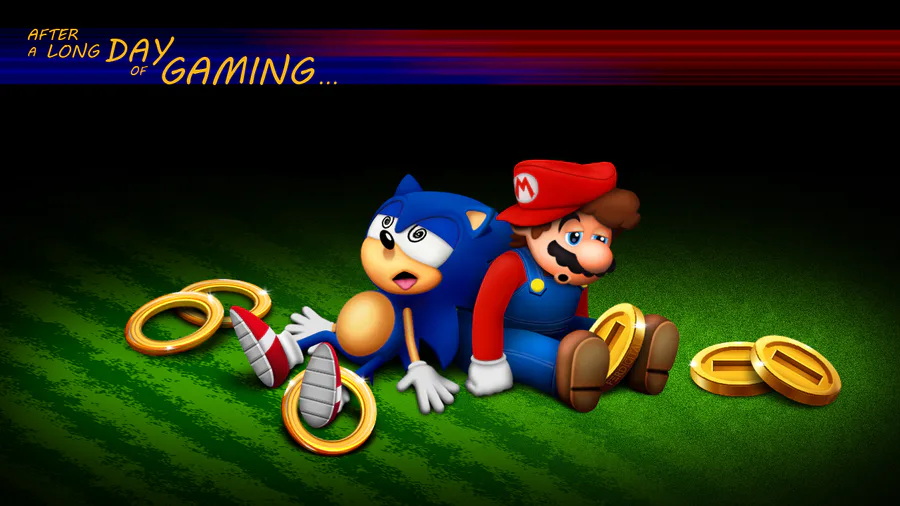
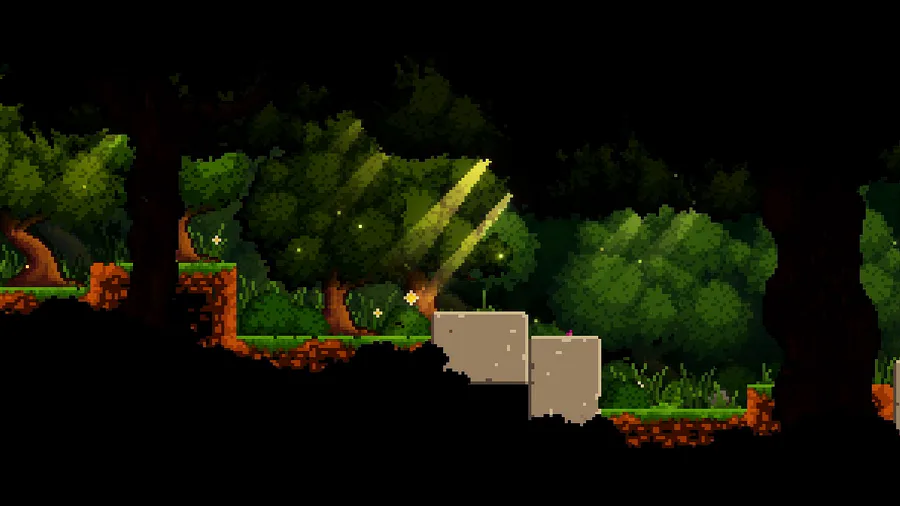

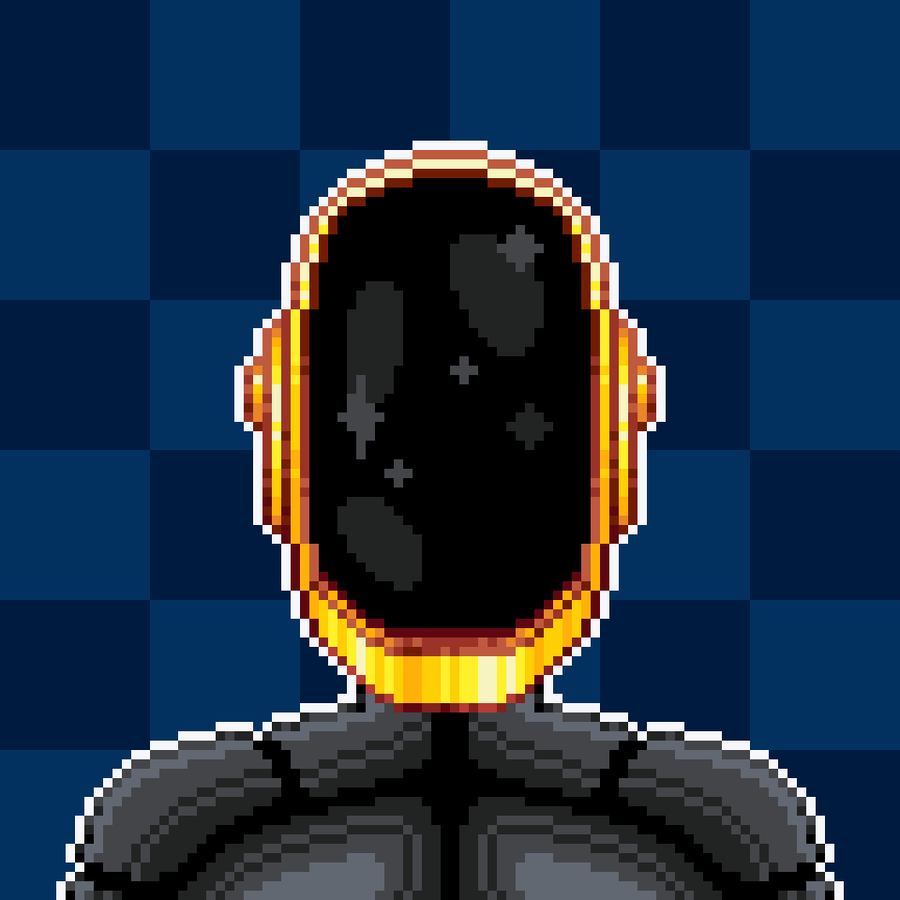
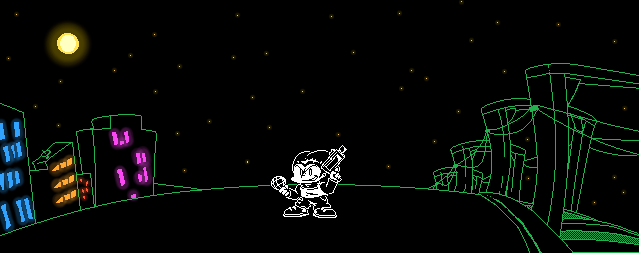
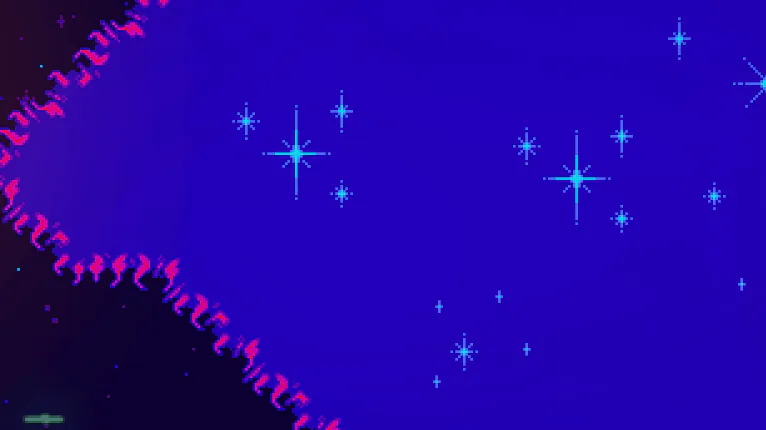
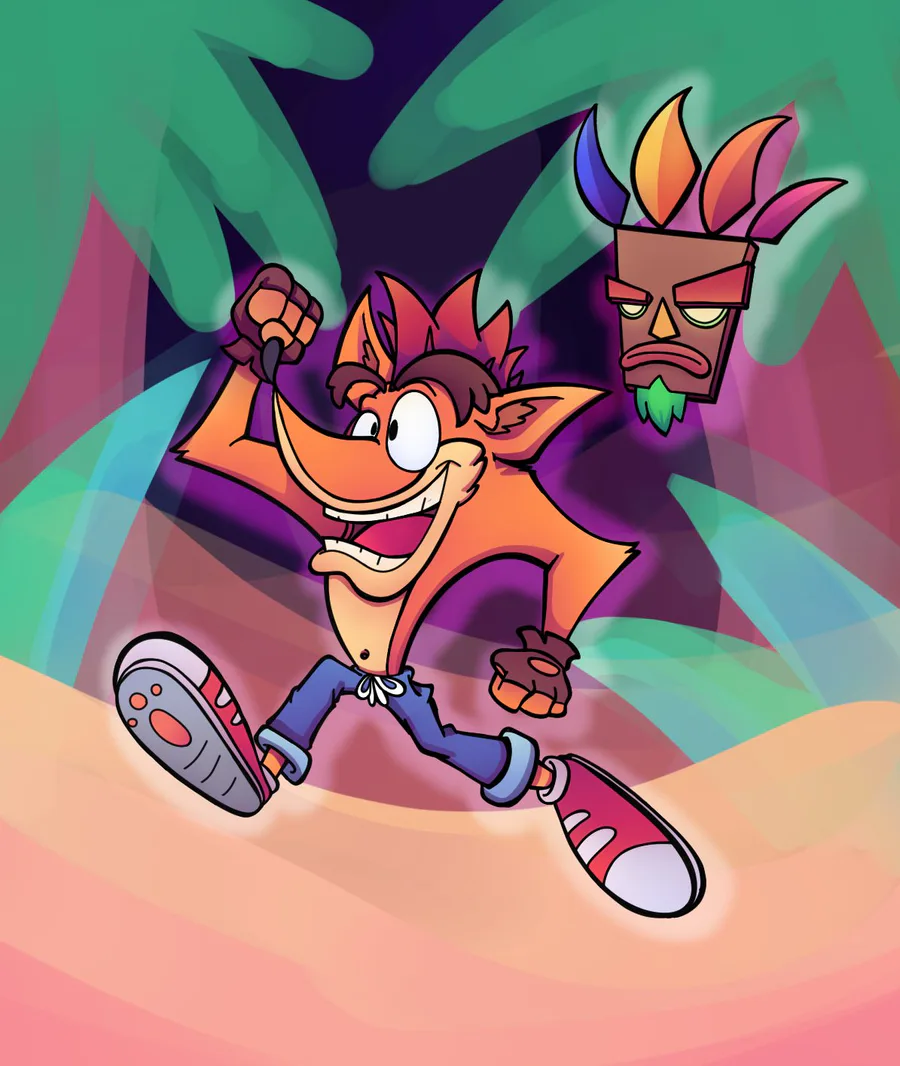

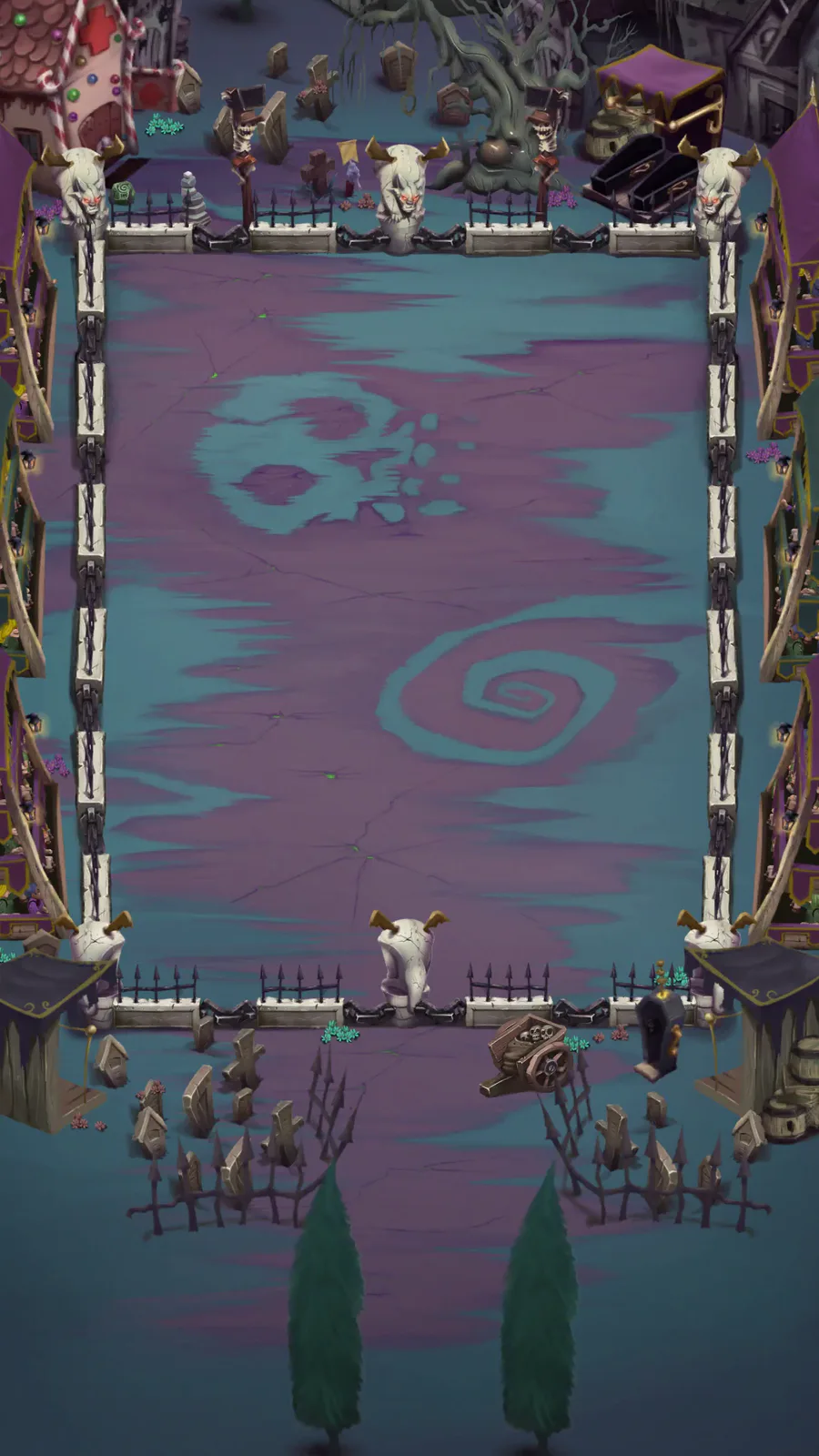

0 comments